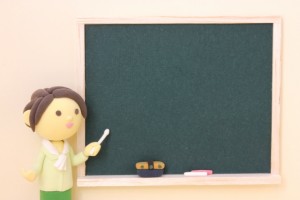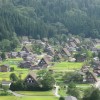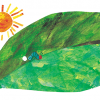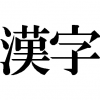Session note ② ~のようだ、~ように、~ような(N3 level)
In this post, I take note for my session to one student studying Japanese language so that the student can review what he studied with me easily. This is session with me and Indian guy. Also, I would like to share this with other students studying N3 level.
Today’s session note is how to use “~のようだ”、”~こそ” with sound. (voice is mine…)
~のようだ (~ように)(~ような)
~no youda (~youni)(~youna)
Meaning:
There are some meanings for のようだ~
A. Guessing something by information from seeing, touching, listening and tasting etc.
B. Metaphor
C. Giving example
Example:
A. 明日は雨が降るようだ。(Asu ha ame ga furu youda.)
It seems rain tomorrow.
⇒ Guessing tomorrow’s weather by weather forecast etc.
B. きょうは暖かくてまるで春が来たかのようだ。(Kyou ha atakakakute marude haru ga kitakanoyouda)
It is warm today and seems that spring has come.
⇒ “It seems spring has come” is metaphor and it is not coming spring but warm weather is like season in spring..
C1. 先生のように日本語を話したい。(Sensei no youni Nihongo wo hanashitai)
I want to speak Japanese like the teacher.
⇒ Teacher is target/example who handle Japanese at level he wants to achieve.
C2. 君のような賢い生徒に出会ったのは初めてだ。(Kino no youna kashikoi seito ni deattanoha hajimeteda)
I have never met wise student like you before.
⇒”You” is example of wisest students among students this teacher has met before.
Let’s Practice
To master language, it’s the best way to make sentence and use it!
Let’s practice by sending messages in Japanese to me, asking more questions about this post to me!
Another session note here.
Session note ① ~に対して、~にとって(N3 level)with native Japanese voice
How was this post?
If you like this or feel this is useful, please share on Facebook and retweet on Twitter!
If you wanna join Leo Sensei’s group on Facebook, click Facebook mark on top or bottom and send friend request to me. You can get updated information and ask me freely about Japanese language and culture and so on.



















